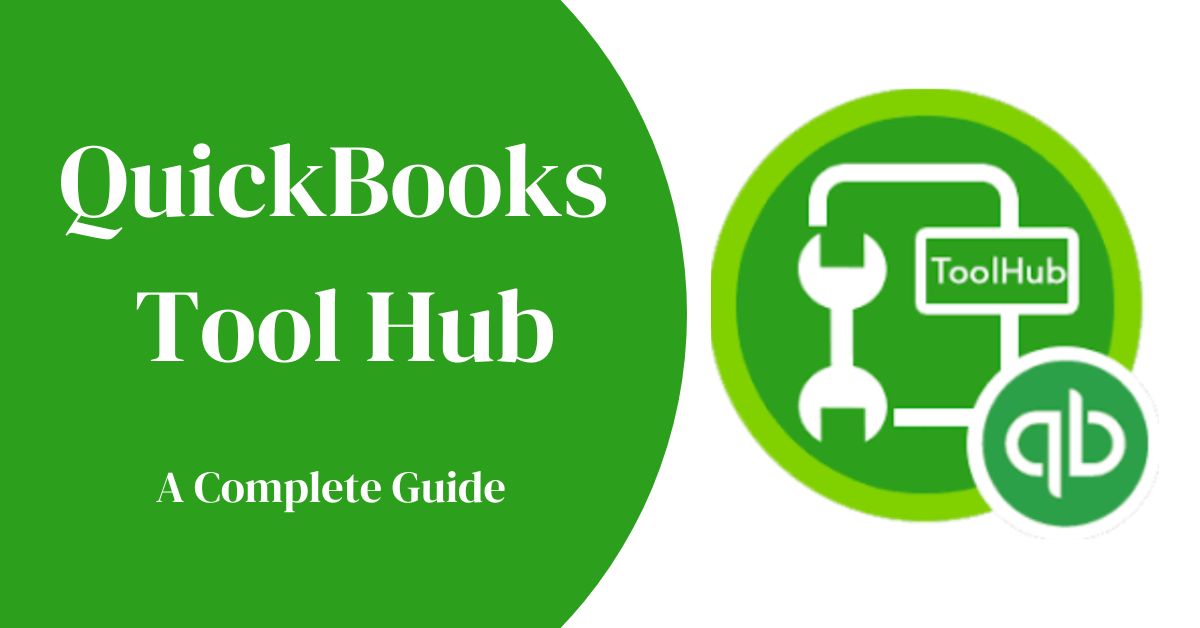QuickBooks Tool Hub Download, Install & Set Up | All in One
Running a business is no easy feat, and keeping it organized and running smoothly can be even more of a challenge. That’s where QuickBooks Tool Hub comes in. This comprehensive collection of powerful tools offers fast, easy troubleshooting solutions to help entrepreneurs quickly and effectively diagnose, fix, and manage any problems with their QuickBooks software. … Read more










